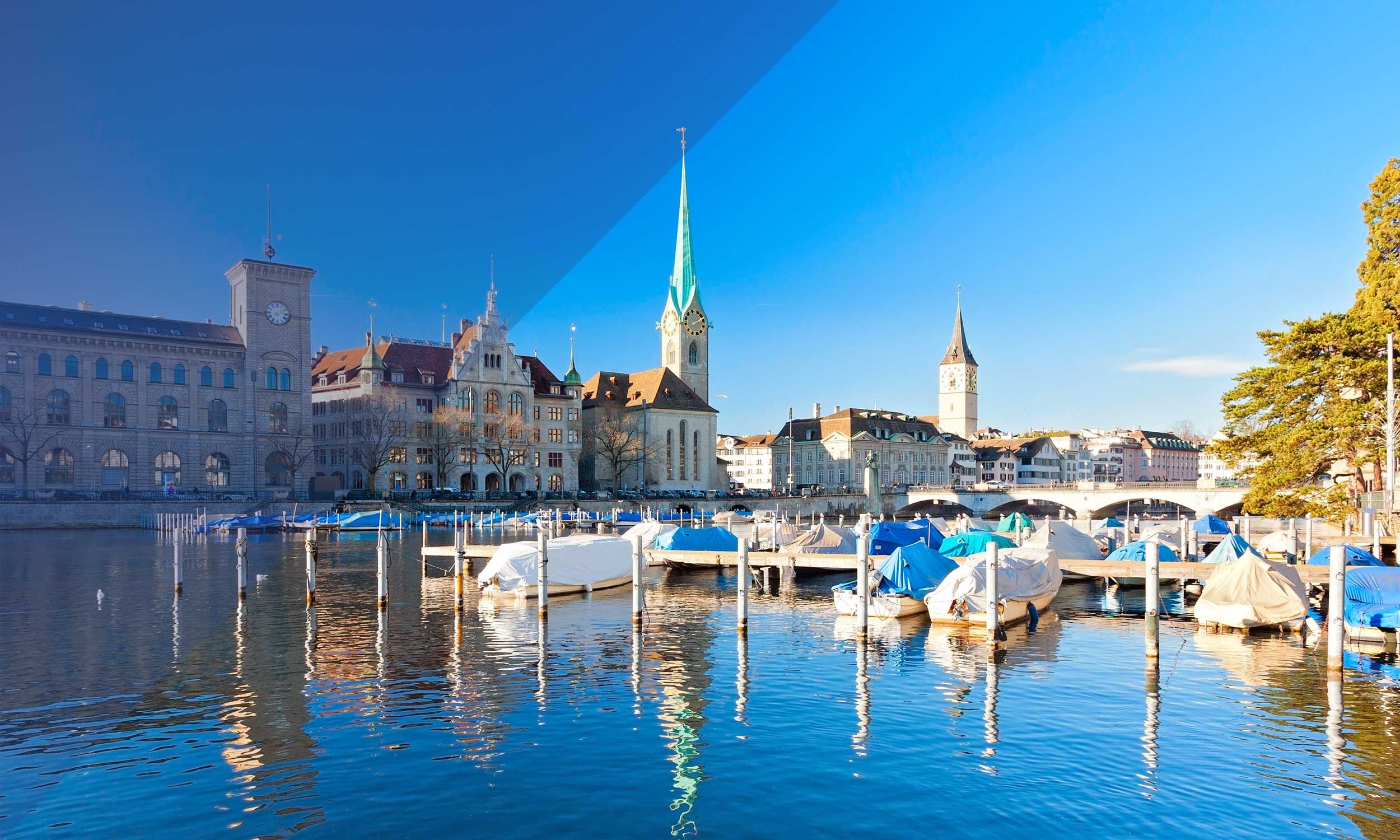
As with all surgical procedures, the experience of the surgeon is crucial to the success of a therapy. Due to the extensive practical knowledge of our female dentists in this field and our several years of training and specialisations, we can guarantee you a safe and stress-free procedure and full competence.
As a rule, all surgical dental procedures can be performed on an outpatient basis. If necessary, we are supported by our anaesthesia team. In our practice, we routinely perform treatments under laughing gas sedation, analgesia (twilight sleep) or general anaesthesia.
Procedures in which we are specialised:
Our surgical competences include the following specialities:
A sinus lift is the dental surgical lifting of the bony floor of the maxillary sinus in order to create space and volume for the placement of one or more dental implants in the posterior region of the upper jaw.
Unfortunately, due to the expansion of the maxillary sinus, there is often too little bone available in this region to anchor implants in the bone.
In the internal sinus lift or sinus lift according to Summers, the floor of the maxillary sinus is surgically lifted using a tapping technique.
In the external sinus lift, this is done through a lateral window in the wall of the maxillary sinus.
The lining of the maxillary sinus remains intact and new bone forms in the area of the resulting cavity within the next few months.
If possible, we also use the minimally invasive Bennex method. Here, even if there is very little bone available in the area of the large molars, no window is prepared in the lateral wall of the maxillary sinus, but the membrane of the maxillary sinus (Schneider's membrane) is lifted completely internally over the implant gallery by means of special instruments using an ultrasound device (piezosurgery).Sinus lifts are a very predictable, safe method that is also well documented in the specialist literature and have been used successfully by us for several years.
In certain cases, the available bone is not sufficient to meet the desire for a fixed denture. This is often the case when teeth have been missing for a long time, an accident has led to bone loss or a long-lasting inflammation of the root has led to a large reduction of bone in the jaw. In these situations, it is often necessary to perform bone augmentation during or before implantation.
Bone augmentation can be performed with resorbable or non-resorbable membranes and bone substitute material, depending on the size of the defect.
However, in certain cases where the defect is very extensive, augmentation of the jawbone is only possible with autologous bone. For this purpose, the patient's own bone is transplanted from another location in the oral cavity using a gentle technique, thereby creating a new contour and volume.
If teeth cannot break through by themselves due to a crowding in the jaw or a deviation of the tooth axis, they remain in the jawbone and can lead to misaligned teeth.
After assessment by our orthodontist, such displaced (retained) teeth can be surgically exposed to be fitted with a button and a wire. This allows the orthodontist to slowly move the displaced tooth to the correct place and set an optimal tooth position.
In certain cases, before or after treatment with implants, a bridge reconstruction or the insertion of an adhesive bridge, it is useful to increase the existing soft tissue supply.
By transplanting mucosa from another region in the oral cavity, the gums are rebuilt. This can be useful for aesthetic reasons or to improve long-term stability.
Certain exposed necks of teeth, also called recessions, of single or several teeth can be treated with a so-called recession cover by means of a gum graft.
New materials that replace the donor site can also be used, but are not yet equivalent to the body's own tissue.
As part of the therapy for gum disease (periodontitis), it may be necessary to perform surgical steps to clean out or eliminate one or more residual pockets so that healing can begin.
If an infection around the root tip prevents the necessary revision of a root canal treatment despite optimal root canal treatment being carried out, or if a pin has been placed in the canal of the tooth, the root tip affected by the infection can be removed surgically.
This involves opening the gum in the area of the affected tooth to create access to the root tip through the bone. The inflamed soft tissue around the root tip is peeled out and the root tip is shortened. The resection area of the root is assessed, the canal outlets are widened with ultrasound instruments if necessary and then refilled with a special radiopaque cement.
This procedure is often the last chance to save a tooth.
Regular examination of the oral mucosa is one of the most important means of early detection of cancers of the oral cavity.
If a change in the oral mucosa is observed, it is documented photographically, measured and observed for about two weeks.
If there is no improvement, it is decided on a case-by-case basis whether a biopsy (tissue removal) should be performed and examined under the microscope at the Institute of Pathology.
For questions or second opinions regarding surgical interventions in the oral cavity, we are at your disposal.
We are also happy to help our referring colleagues by performing complex surgical procedures for them.
Our location in a central location in the heart of Zurich, with public transport and public parking in the immediate vicinity, makes it easier for you to reach us.
Stadelhoferstrasse 42
CH-8001 Zürich
Telefon: +41 43 244 80 40
E-Mail: info@zahnaerztezuerich.ch
Monday to Friday, 07.00h to 19.00h
Saturday by arrangement
